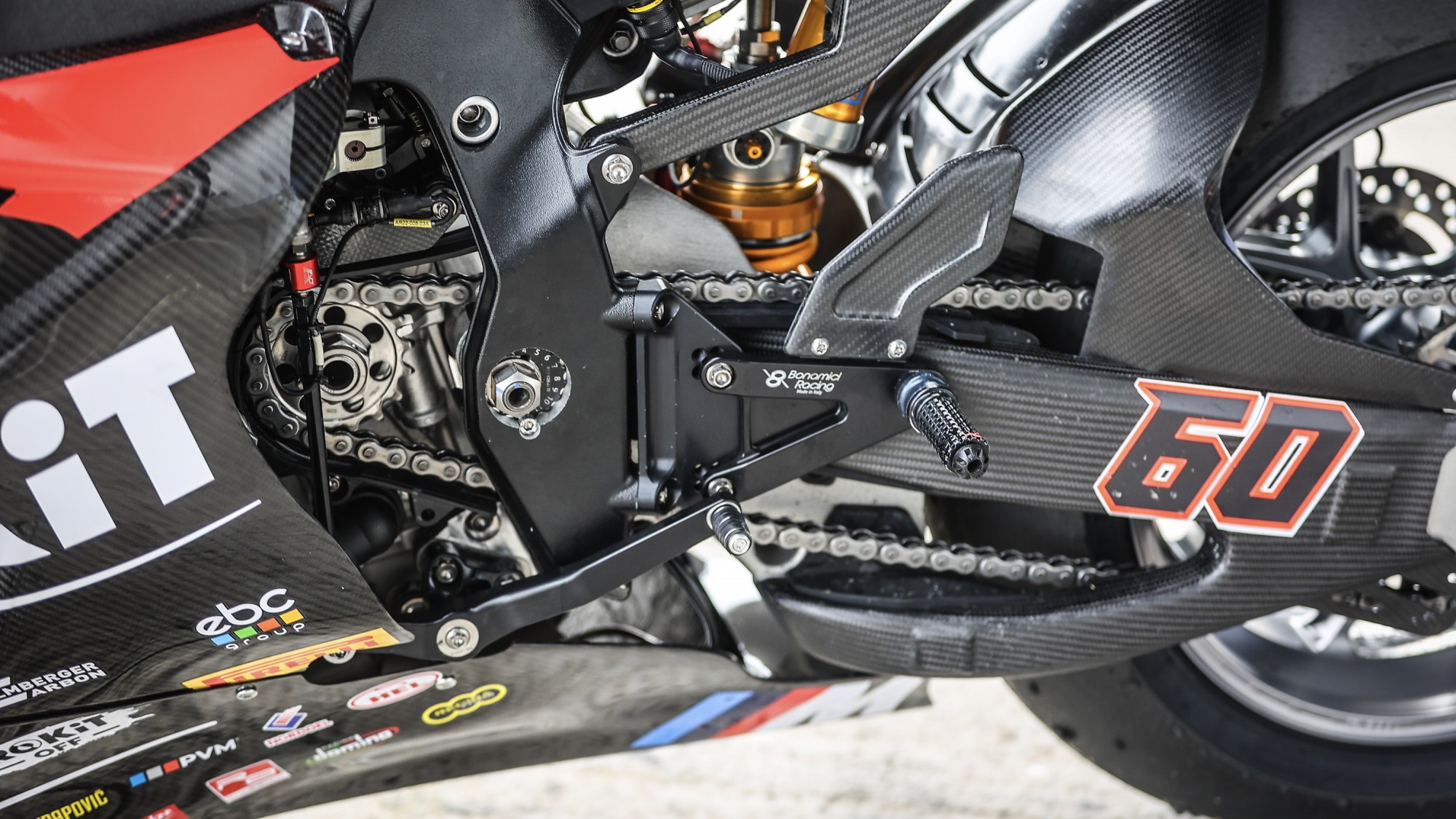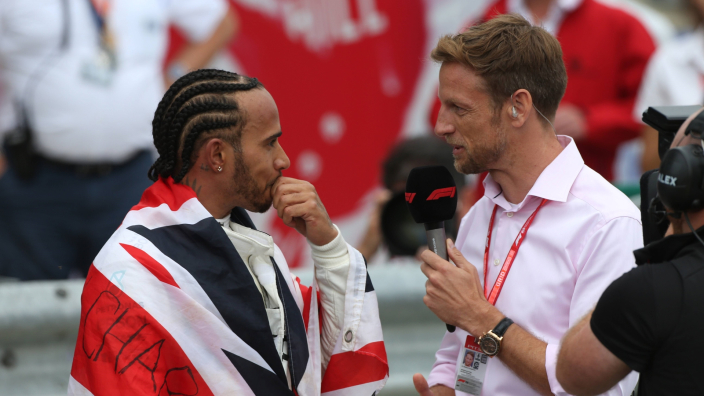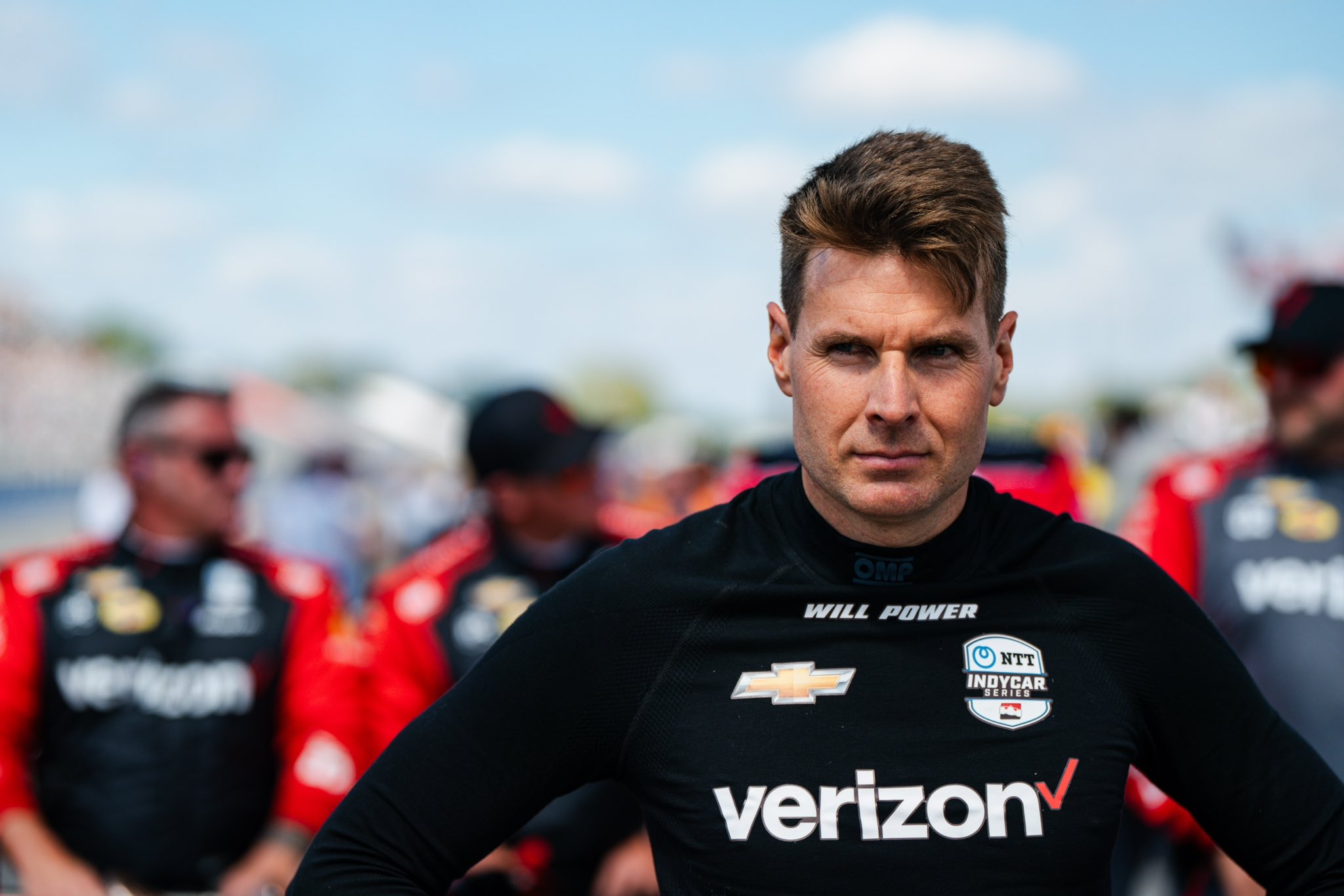The trick that toppled Red Bull could be key to its revival
Red Bull quickly had a strong theory for why McLaren had toppled it as Formula 1's fastest car but didn't try the same trick in 2024 amid both legality and resource questions. This year is a different story


Red Bull's Formula 1 domination ended so abruptly in Miami last year that, at the time, the team itself had no clear explanation for what happened.
Sure, the upgrade McLaren unleashed on its MCL38 delivered a big pace step, but it was not obvious from the off exactly why the performance swing at the front of F1 was so extreme.
The answer only really emerged over the remainder of the campaign, as Red Bull came to understand both where the weaknesses in its RB20 had come from, and where its rival had made the biggest progress.
It was in understanding the latter in particular that Red Bull faced the reality that one aspect of the McLaren design pretty much wiped away a key area of advantage Red Bull had enjoyed since the start of the ground effect era.
This involved the saga surrounding flexi wings.
During the middle phase of last year, as first McLaren and then Mercedes jumped on the flexi wing bandwagon, the advantages of such a design were widely acknowledged.
By having a front wing that is in a high position in slow corners, but then flexes down to reduce downforce as the speed increases, teams can overcome one of the key headaches of the current cars: finding a good balance between low-speed understeer and high-speed oversteer.
But the gains from the concept proved bigger than probably anticipated, because what they also did was allow those teams to run their cars in a way that they had not been able to before. This was with a ride that now worked through the speed range without needing to compromise ride height and suspension settings.
As Red Bull technical director Pierre Wache admitted to The Race, this effectively got rid of an advantage his squad had enjoyed throughout the current ground effect era of achieving a better balance than its rivals.
More on Red Bull's 2025 season
- Gary Anderson: What Red Bull should reverse on its 2025 F1 car
- The three outcomes Lawson faces against Verstappen
- Red Bull makes McLaren wait for its new sporting director
"We had some other aspect of the car which allowed us to rebalance the car," admitted Wache. "We benefitted from this for two years.
"The others introduced this front wing deflection to allow them to balance the car and, in that aspect, they are now in front of us.
"We could rebalance the car by other means, while the other teams used front wing deflection.
"To get a different aero balance as a function of speed, you need some movement of suspension, and the softer you are the better that is. This is good for balance but maybe not for downforce.
"So their front wing allowed them to still rebalance a much stiffer suspension."
Wache's comments are fascinating because they back a suggestion from Ferrari team principal Fred Vasseur that the flexi wing situation played a more significant role in the 2024 championship outcome than some suspected.
Asked by The Race whether the flexi wing issue was a defining point in the 2024 battle, Vasseur replied: "I think so.
"I'm a bit frustrated with this, because it was clear performance, and we waited two months for the decision on if it's legal or not.
"Plus you have always to keep in mind the cost cap. It means that you have to be efficient with the budget, so if you start to do a development and at the end it's a no-go, then you burn €600,000.
"And if you burn half a million for nothing, then you can't spend it somewhere else.
"For me, it was more than on the edge, the [wings] story."
Just as Ferrari was left on the back foot trying to work out what it should do, Red Bull also played a waiting game over whether to respond to the aggressive push others were making on flexi wings.
Wache admitted his team too needed some answers before thinking about how best to respond.
"[It was] more than waiting," he said. "We were trying to question them because we needed to know where to go, because our understanding was a little bit different about what was allowed."
As things played out last year, Red Bull and Ferrari formed an alliance to try to challenge the flexi-wing antics of their rivals but the response they got was not what they wanted.
While the FIA did step in and begin more detailed analysis of flexi-wing behaviours from the Belgian Grand Prix in July, its conclusion was that teams were all operating in an area it was comfortable with. That is why there will be no tightening up of the regulations for 2025.
As FIA single-seater director Nikolas Tombazis said, its late season analysis showed nothing that set alarm bells ringing within the governing body.
"We believe that teams are much closer on these parameters than maybe they claim," he said.
"In an ideal world, we would have liked some of the tests on the front wing to be promoting stiffer designs but, because the front wing gets loaded in different ways, we cannot predict it easily in the regulations.
"No two wings have exactly the same loading pattern, so it is very difficult to come up with a proper test.
"As these rules have been around since 2022, we felt it was a bit knee jerk to suddenly say: 'OK, for '25 we're going to change something, or even for '24'.
"But we are using this information we're gathering to perhaps lead us to something a bit more effective for '26."
The FIA confirmation that effectively green-lit flexi-wing antics came too late for Red Bull to change anything last year.
Explaining why the team had not followed its rivals in pursuing such a design idea, Wache said: "Cost cap is one aspect. Global aspect resource. We have done some [work on it], but you have to also develop the two cars for '25 and '26. It's a resource limitation: money and people."
However, reading between the lines you can be sure that Red Bull, with the cost cap reset for 2025, will have committed much more resource to this area for its new car.
And, just as McLaren found, putting effort into something that you know has performance benefits will inevitably produce results for a top team.
Speaking at the end of last year about the aero elasticity war, McLaren boss Andrea Stella said: "The knowledge, talent, methodologies were already there. What makes the difference is what you focus on.
"Aero elasticity was just not focused on enough and we thought it was important to focus on it, because it can deliver performance but only if you do some specific studies."
What will be interesting to watch for the start of the 2025 season is just how much Red Bull and Ferrari have targeted pushing this area more - now they know what they can do.
Ferrari already began its move last year, with its Singapore upgrade in September, and further tweaks made for Austin a month later, helping it end the season back fighting at the front.
Now, Red Bull will have had a whole winter to knuckle down and work out how best to exploit flexi wings too.
Considering how tight the margins are between the top teams, any gain made here in response to what its rivals had found could prove to be critical in the battle ahead.
And in a telling remark about the area where the squad was targeting progress for its RB21, Wache said the key was chasing the biggest benefit a proper flexi wing can give.
"The visible difference isn’t what I'm looking for," he said about the 2025 Red Bull. "I'm looking for a bigger balance window."
What's Your Reaction?






























_LuckyStep48_Alamy.jpg?#)




















